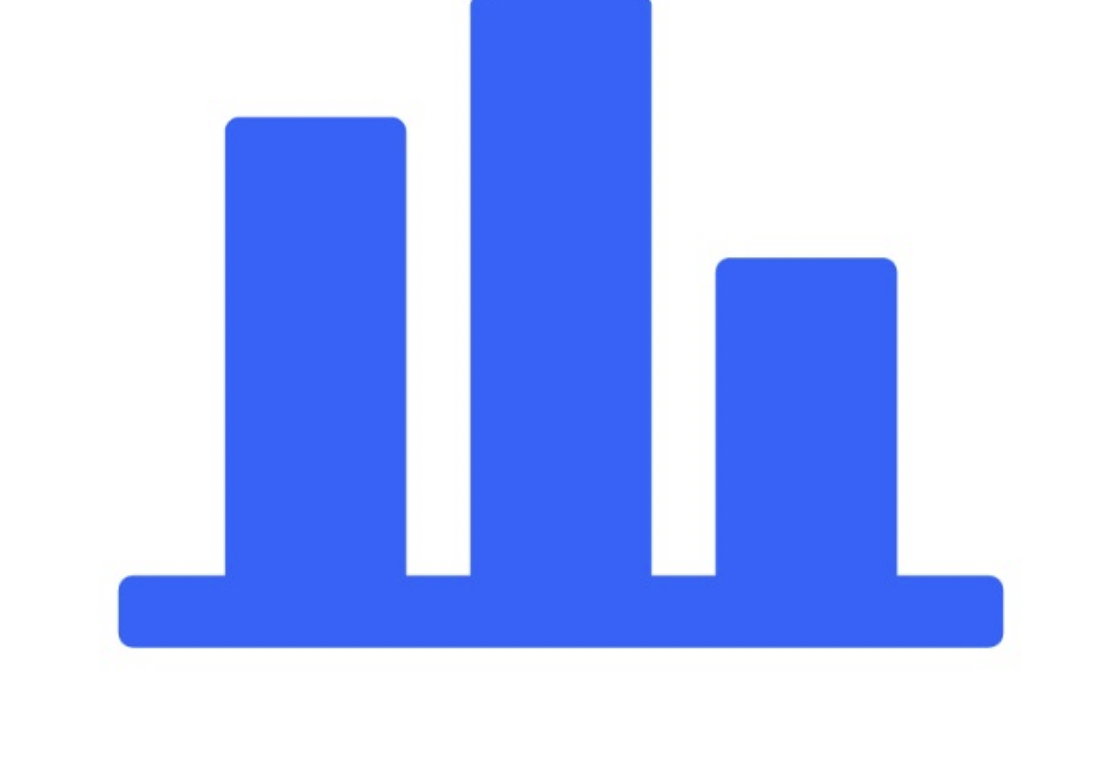Understanding What Drives Currency Values
In forex trading, prices don’t move randomly — every rise and fall happens for a reason.
Currencies reflect the strength of a country’s economy, its policies, and how the world perceives its financial stability.
To trade successfully, you need to understand what makes currency prices move and how global events influence them.
Let’s explore the key factors that cause currencies to rise or fall. 👇
1. What Makes Currencies Rise or Fall
A currency’s value is determined by supply and demand — just like any other market.
When more people want to buy a currency, its price rises. When more people want to sell, the price falls.
💵 Example:
If traders and investors expect the U.S. economy to perform well, they’ll buy U.S. Dollars, increasing demand and pushing the USD higher.
But if negative news breaks — such as political instability or slower growth — investors may sell USD, causing it to weaken.
In short:
Strong economy = Strong currency.
Weak economy = Weak currency.
2. Key Market Influences on Forex Prices
Currency values are shaped by global forces — from economic data to politics.
Here are the main factors that traders watch closely:
🏦 A. Central Bank Interest Rates
Interest rates set by central banks (like the Federal Reserve or European Central Bank) are the most powerful driver of currency movement.
- Higher interest rates = attract more investment → currency rises
- Lower interest rates = less attractive returns → currency falls
💡 Example:
If the U.S. Federal Reserve raises rates, investors move money into USD assets to earn better returns. This increases demand for the Dollar, pushing it higher.
📉 B. Inflation and Economic Growth
Inflation measures how fast prices are rising in an economy.
- Moderate inflation is healthy and supports growth.
- High inflation erodes purchasing power and weakens the currency.
When inflation rises too quickly, central banks often respond by raising interest rates, which can strengthen the currency temporarily.
But if inflation remains high and uncontrolled, it can cause long-term weakness.
📊 Example:
If inflation in the Eurozone surges while the ECB hesitates to raise rates, the Euro (EUR) may decline against the USD.
🧾 C. Economic Indicators & News
Traders constantly watch economic data like:
- GDP growth
- Employment reports
- Retail sales
- Manufacturing output
Strong numbers usually boost investor confidence, increasing demand for the currency. Weak data has the opposite effect.
🕒 Example:
When U.S. Non-Farm Payroll (NFP) data shows strong job growth, the Dollar often strengthens because it signals a healthy economy.
🏛️ D. Politics and Global Stability
Political events can move markets dramatically.
- Elections, wars, trade disputes, or policy changes all affect currency strength.
- Investors prefer stable governments and predictable policies.
If uncertainty increases — for example, during a national crisis or government collapse — investors tend to pull their money out of that country’s currency and move to “safe havens” like the U.S. Dollar, Swiss Franc (CHF), or Japanese Yen (JPY).
💬 Example:
During Brexit negotiations, the British Pound (GBP) experienced heavy volatility as traders reacted to every new headline.
💎 E. Market Sentiment & Risk Appetite
Sometimes, price moves are driven more by emotion than economics.
When traders feel confident, they invest in higher-risk currencies like AUD or NZD.
When fear increases, they switch to safe-haven currencies like USD, JPY, or CHF.
This flow of “risk-on” and “risk-off” behavior can move markets even without major news events.
3. How Traders Use This Information
Successful traders don’t just watch charts — they combine technical and fundamental analysis.
Understanding why prices move helps you anticipate future trends instead of simply reacting.
Smart traders:
- Follow central bank announcements
- Track major news events
- Watch inflation and interest rate reports
- Stay aware of political developments
At Holo Forex, we teach traders how to connect these real-world factors with chart patterns, so they can trade with logic — not emotion.
🧠 Key Takeaways
✅ Currency prices rise and fall based on supply and demand.
✅ Interest rates and inflation are the biggest long-term drivers.
✅ Economic reports, political events, and market sentiment cause daily volatility.
✅ Understanding the “why” behind price moves gives traders a real edge.
Final Thoughts
Forex prices move because the world is constantly changing — economies grow, policies shift, and traders react.
The key to consistent trading success is understanding these movements and learning how to read what the market is telling you.
At Holo Forex, we believe that informed trading begins with education.
When you understand what drives the market, every chart and candle tells a story — and you can trade it with confidence.


